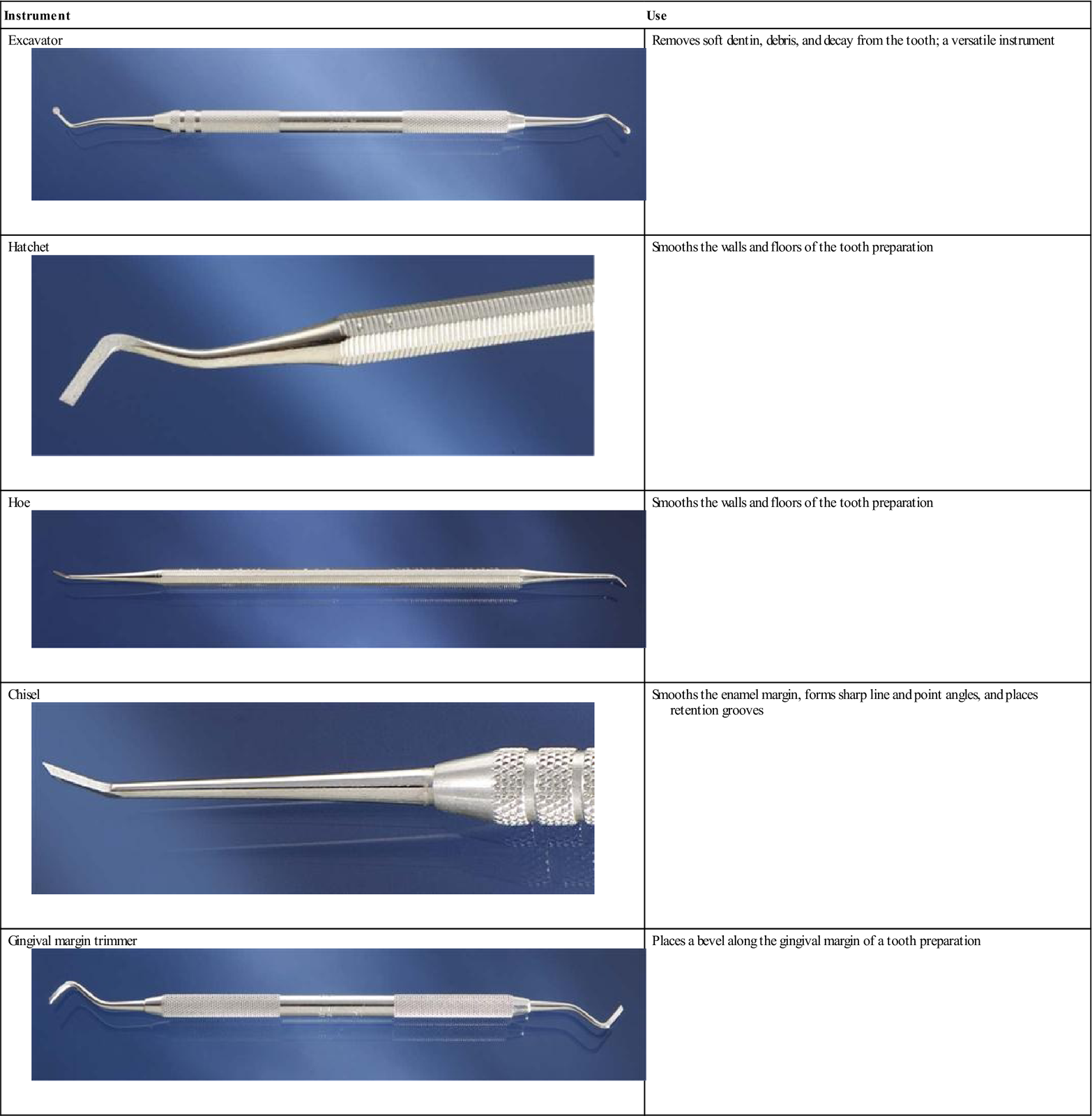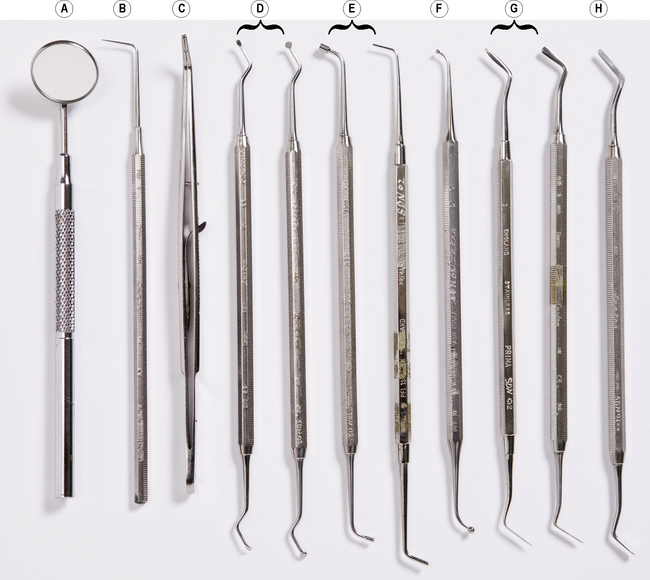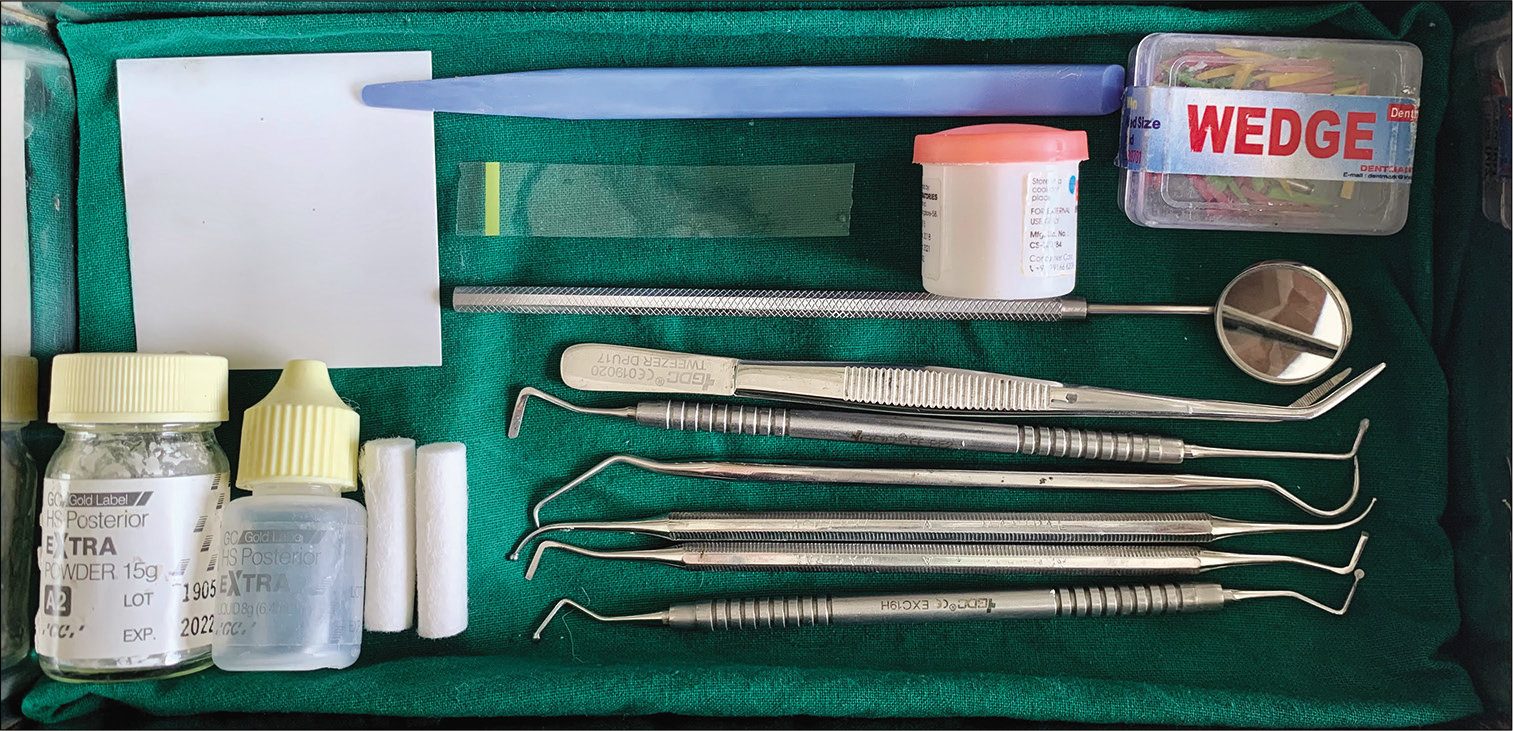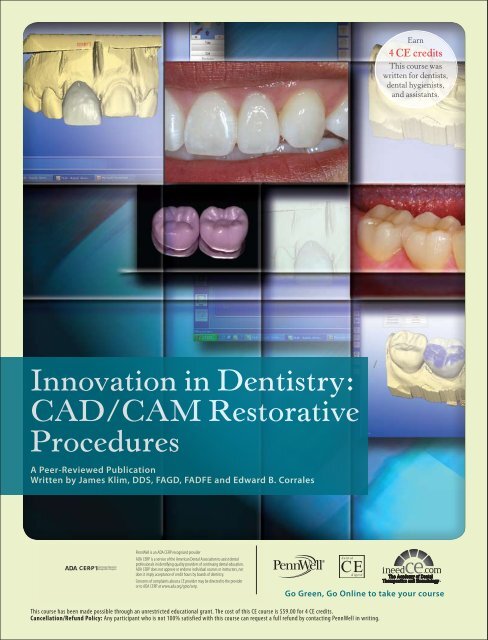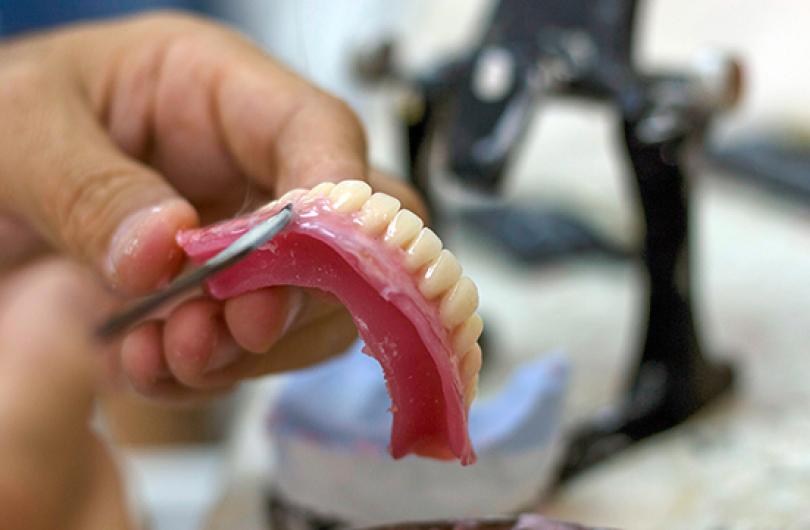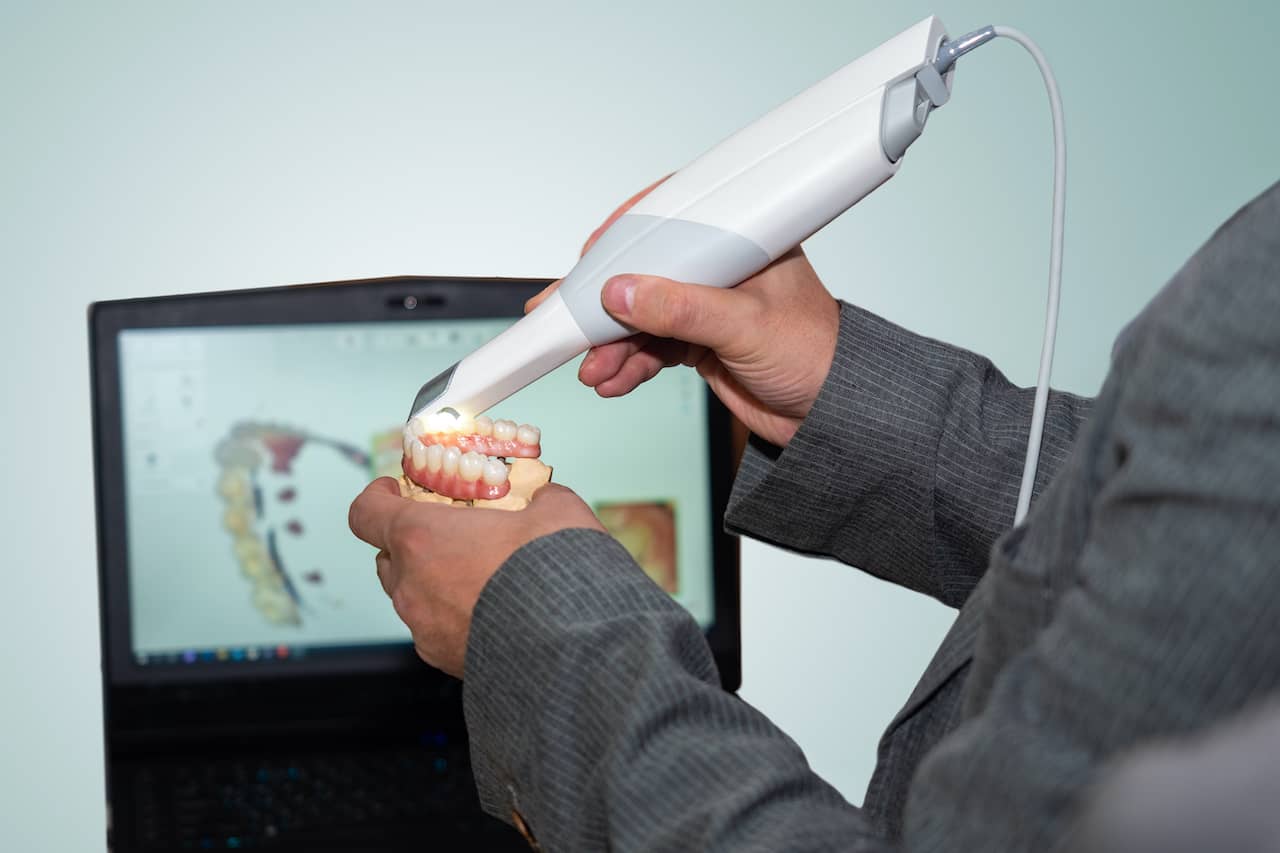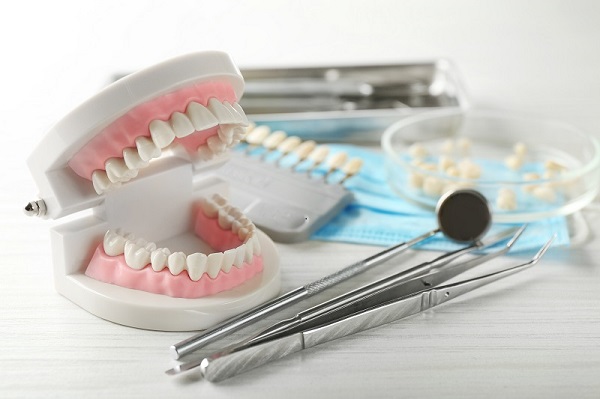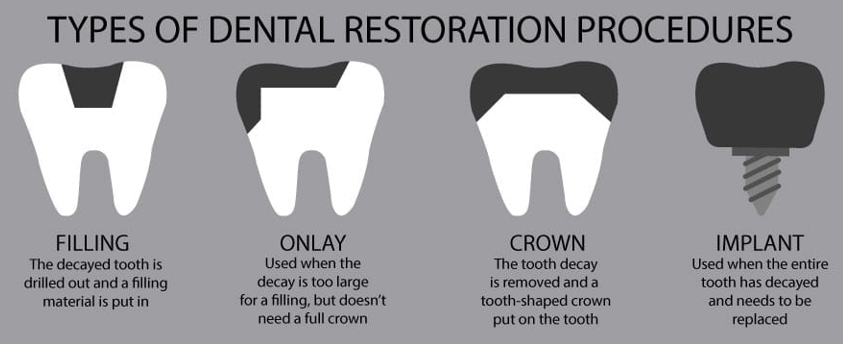The Most Frequently Used Device In Restorative Dentistry Is The
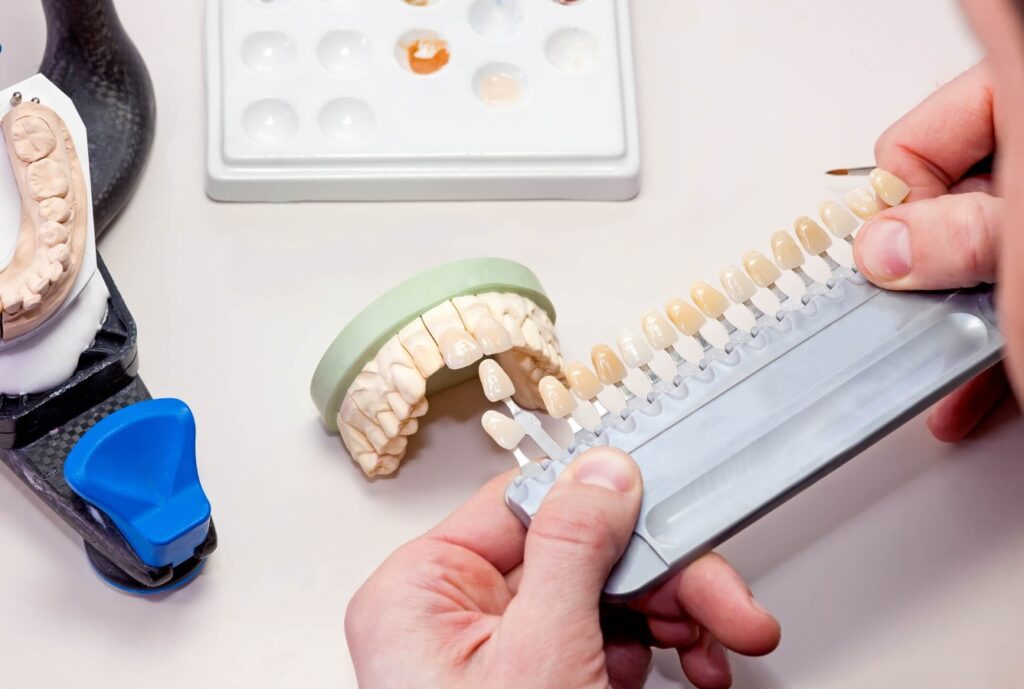
Imagine the gentle whir of a drill, the soft spray of water, and the focused intensity in a dentist's eyes as they meticulously shape a tooth. This familiar scene, played out countless times daily in dental practices across the globe, relies on a humble yet indispensable tool. A tool so ubiquitous, so fundamental, that it's easy to take for granted.
But what is this unsung hero of restorative dentistry? The answer, surprisingly simple, is the dental handpiece, often referred to as the dental drill. This device, in its various forms, is the most frequently used instrument in restoring teeth, shaping fillings, and performing a myriad of other essential procedures.
The dental handpiece is the powerhouse behind countless dental procedures. It's the workhorse that allows dentists to address decay and restore smiles. Its impact on modern dentistry is profound, shaping the field's capabilities and the patient experience.
A Legacy of Innovation: From Bow Drills to High-Speed Turbines
The story of the dental handpiece is a fascinating journey through innovation. Its roots trace back to ancient civilizations. Archaeological evidence suggests the use of bow drills for dental procedures as early as 7000 BC in Pakistan's Mehrgarh region. These early devices, though rudimentary, represent humanity's earliest attempts to address dental ailments.
The more modern dental handpiece began to take shape in the 18th and 19th centuries. Key figures like John Greenwood, a dentist to George Washington, experimented with adapting spinning wheel mechanisms for dental drilling. In 1864, British dentist George Fellows Harrington invented a clockwork-driven mechanical handpiece, a significant step forward in portability and power.
However, the real revolution came with the advent of electricity. The electric dental engine, introduced in the late 19th century, ushered in an era of increased speed and precision. By the mid-20th century, the introduction of air-turbine handpieces, developed in part by John Borden, dramatically increased speeds, allowing for more efficient and less painful procedures.
Types of Dental Handpieces: A Modern Arsenal
Today, the dental handpiece family is diverse, each member designed for specific tasks. The primary categories are high-speed, low-speed, and surgical handpieces. Each plays a crucial role in restorative and surgical procedures.
High-Speed Handpieces: Precision and Power
High-speed handpieces are the workhorses of cavity preparation. Driven by air turbines, they can reach speeds of up to 400,000 rpm. This allows dentists to quickly and efficiently remove decay, shape teeth for crowns, and perform other precise cutting tasks.
The constant flow of water and air coolant is critical. This helps to prevent overheating and damage to the tooth structure. These handpieces are essential for accuracy and minimizing patient discomfort during extensive procedures.
Low-Speed Handpieces: Versatility and Control
Low-speed handpieces, also known as slow-speed handpieces, are incredibly versatile. They're used for a wide range of procedures, from polishing teeth to removing soft decay and refining cavity margins.
These handpieces operate at speeds typically ranging from a few thousand to around 40,000 rpm. This offers greater control and allows dentists to perform delicate tasks with precision. They are also used for prophylaxis (cleaning) and endodontic procedures (root canals).
Surgical Handpieces: Specialized Tools for Complex Procedures
Surgical handpieces are designed for more invasive procedures. They’re typically used in oral surgery and implant dentistry. These handpieces offer high torque and precise control, enabling dentists to perform bone cutting, section teeth, and place implants with accuracy.
Sterilization is paramount with surgical handpieces to prevent infection. Many surgical handpieces also incorporate features like fiber optic illumination for enhanced visibility during complex surgeries.
Beyond the Basics: Features and Functionality
Modern dental handpieces are packed with features that enhance their performance and usability. These features contribute to better patient outcomes and a more ergonomic experience for the dentist. From improved ergonomics to advanced lighting, these innovations continue to shape the future of dentistry.
Ergonomics play a significant role in handpiece design. Manufacturers focus on creating lightweight and balanced handpieces to reduce strain and fatigue for dentists during long procedures. Proper ergonomics are critical for preventing musculoskeletal disorders.
Fiber optic lighting provides dentists with improved visibility. This allows for more precise work, especially in hard-to-reach areas of the mouth. Clear visibility is vital for accurate diagnoses and successful treatments.
Noise reduction is another important consideration. Quieter handpieces contribute to a more relaxing and less stressful environment for both patients and dental professionals. Quieter operation can improve the overall dental experience.
Maintenance and Sterilization: Ensuring Safety and Longevity
Proper maintenance and sterilization are crucial for ensuring the safety and longevity of dental handpieces. Neglecting these aspects can lead to equipment failure and potentially compromise patient safety. Regular maintenance prevents costly repairs and ensures optimal performance.
Sterilization protocols must be strictly followed to prevent the transmission of infectious diseases. Autoclaving is the standard method for sterilizing dental handpieces. Proper cleaning and sterilization protocols are essential for maintaining a safe and hygienic dental practice.
Regular lubrication is also essential for maintaining handpiece performance. Proper lubrication reduces friction and prevents overheating, extending the lifespan of the instrument.
The Future of Handpieces: Innovations on the Horizon
The evolution of the dental handpiece is far from over. Researchers and manufacturers are constantly exploring new technologies and materials to improve performance, ergonomics, and patient comfort. The future promises even more advanced and efficient dental tools.
Electric handpieces are gaining popularity due to their consistent torque and quiet operation. These handpieces offer enhanced control and can be particularly beneficial for complex restorative procedures. Electric handpieces are becoming an increasingly attractive option for many dental professionals.
Laser handpieces are another promising area of development. Lasers offer precise cutting and ablation capabilities with minimal heat and vibration. While still relatively expensive, laser handpieces hold immense potential for various dental applications.
A Humble Tool, A Profound Impact
The dental handpiece, in all its forms, is a testament to the power of innovation in healthcare. From its humble beginnings as a bow drill to its current state as a sophisticated, high-precision instrument, it has transformed the field of dentistry.
It's a tool that empowers dentists to restore smiles, alleviate pain, and improve the oral health of countless individuals. While it may not always be the most glamorous instrument, its significance in modern dentistry is undeniable. The dental handpiece stands as a symbol of progress and a vital component in the pursuit of optimal oral health for all.
So, the next time you hear the whir of the dental drill, remember the long and fascinating history behind this essential tool. Appreciate the skill and precision it enables, and be grateful for the improved oral health it helps to achieve.


